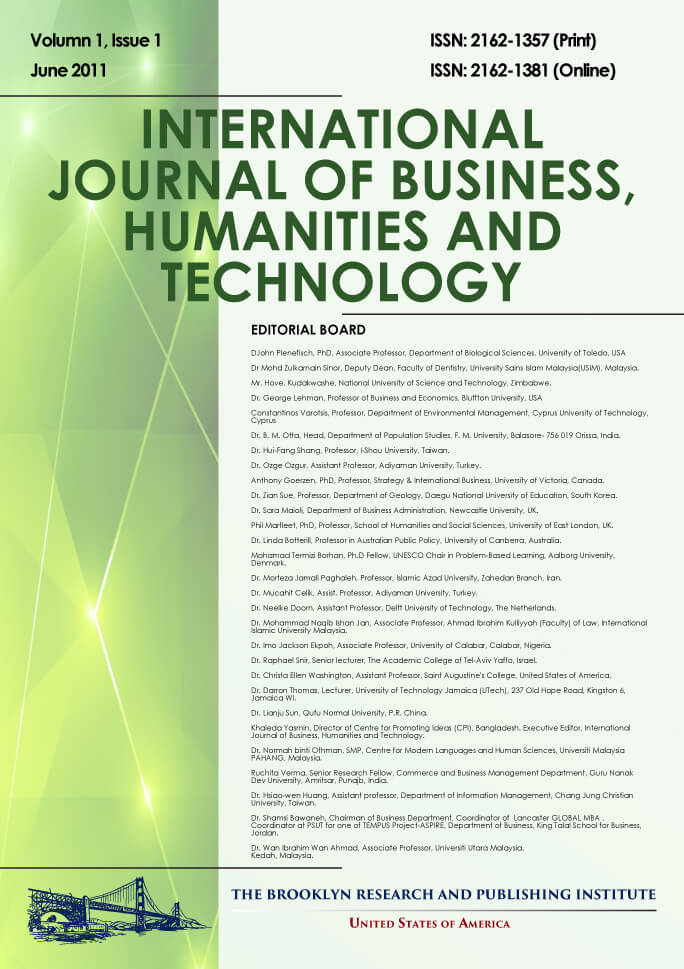The Future Home for New Ways of Living And Sharing Community in Emergent Smart City. (Towards a “Good, Healthy and Sustainable Life” between Micro and Macro, Human-Technology and Sense Making)
Luciano Pilotti
Abstract
Thisis the question from which to start the narrationthatleadsus to reflect on what the city (macro-object) is (and whereitgoes) today, starting from the house (micro-object) and living (meso-dimension) in theirrecent and oldertransformationsbetween: technology and society, environment and media, design and planning, living and use. Here wewilltry to conduct some short notes trying to highlight the junctionpoints, by lookingat the techno-social fault breaks between the industrial (and pre-industrial) and post-industrial global ages. A complexprocessthatleadsthe house to evolve into the home and to be a structure, then a function (exclusive) and todayperhaps a complex and articulated social formsusceptible to sharing. A projectionthatisguidingustowards the transformations of smartcities and thoseemerging networks of new digitalartisans in the fab-labs and clusters of urbanmakerswhoreconstruct the 16th century workshop-houseswhilebeingconnected in dense social networks hybridized by co-working and co-housingorientedtowards the co-generation of widespreadcreativity. We are infront of a jump of a paradigm in the senseproposed by RenèThom some decades ago. The 21st centurygivesus a paradigmshiftas a "fault break" not so much in the technical-structuralaspectsasdigitalemerging world in the strictsense, but of the context frame in which the "house" first and then "dwelling" wereconsolidateddaughters of a design rationalism and planning thathadremovedplaces, traditions, historicity, aswellas a balancedrelationship with nature and technology and whichhadturnedaway from the meaning of urbanspace and common or sharedgoods, under the banner of the imperatives of the production of mass and therefore of the houses-dwellings "of the masses". The currentsociety of customization and personalization (albeit mass) of building artefacts (and theircontexts) aswellasothergoodstakesustowards a new (post) modernitywhichisrepresented by the globalized society where, moreover, urban, extra-urban and post-urban come to fusion and often to con-fusion. Therefore, living as a symbol of well-beingisprobably on the declinebecause the One Best Way of the "home for all" model isabandoned and therefore of the model of the uniformhouse and the best way to builditat the lowestcostcoupled with the "claims of the right to home". Mythologies, mystics, and stories thathaveaccompaniedusso far seem to decline in favor of a "global" rethinking of the new models of living, deriving from new relationships with wealth and savings, stronglytested by the epochalcrisisthatwe are perhapsovercoming. The new relationships with the environment must leadusto associate lowerenergycosts, passive houses and new services (individual and collective) suchas social housingtowardssuperiorlivability and well-beingwithoutadjectives. Furthermore, from the relationships with the emergingtechnologies of materials, from heavy to light, from energyconsuming to energysaving up to intelligentenergy, from the immobility to the mobility of the modules of the houseitselfthat can be completelyrebuilt, recycled or eventransported, or made in 3D by re-coupling small and medium batcheswithcustomizationalsothroughadvancedtechnological-connectiveequipment (Wi-Fi, home automation) also to answer security and / or interactionquestions. However, returningto the use of ancientmaterialssuchas lime or strawaswellasphoto-sensitive and/or energy-efficient colors. Finally, touching new social relationshipsbetween "residents" in searchof multiple areas of socialization (of costs) and aboveall of hospitality and sociability for a full sharing of living in safe and healthyenvironmentsbutalsoconvivialwhere to learn from life together a new sense of community to include, expressingpassions and emotions, to the urban and post-urbanresearch of New Human Alliances for the Third Millennium.
Full Text: PDF


